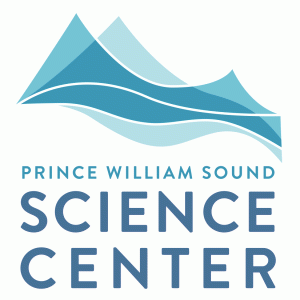After the March 11, 2011 tsunami that damaged the Fukushima Dai-ichi nuclear power plant, radioactive waste from the plant leaked into the surrounding ocean. Much speculation has been made about the effects of this waste on the U.S. coastal oceans, but little scientific data has been collected to validate those claims.
Dr. Ken Buesseler, a marine chemist at the Woods Hole Oceanographic Institution (WHOI) in Woods Hole, MA has recently started a citizen science campaign to collect seawater samples off the West Coast of the U.S. and Canada. This program, “How Radioactive is Our Ocean,” sets out to involve concerned members of the public in the collection of seawater samples and to raise funds for the analysis at the WHOI Center for Marine and Environmental Radioactivity. So far, water samples collected by those volunteers indicate that no radiation from the Fukushima Dai-ichi nuclear disaster has reached the West Coast of the United States. More work and sample collection is required to continue monitoring the situation, and the program does not have any samples from Alaska.
In 2014, The Prince William Sound Science Center will collect samples for the project during surveys done in PWS as part of the Gulf Watch Alaska program. AOOS will provide partial funding for transportation to and analysis of samples at WHOI. More support is needed to fund additional sampling locations.
As a citizen science campaign, this program is open to the public. Everyone is encouraged to visit the WHOI website, donate money for sample transportation and analysis from Alaska, and even collect samples in your area. For more information, please visit the website or contact Caitlin McKinstry at the PWSSC, cmckinstry@pwssc.org.

